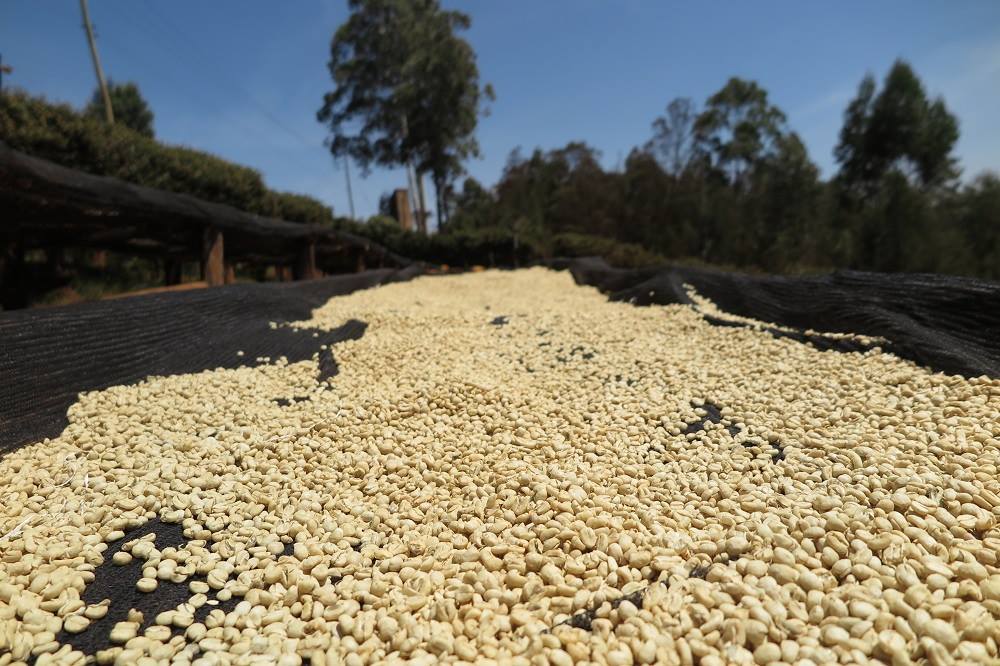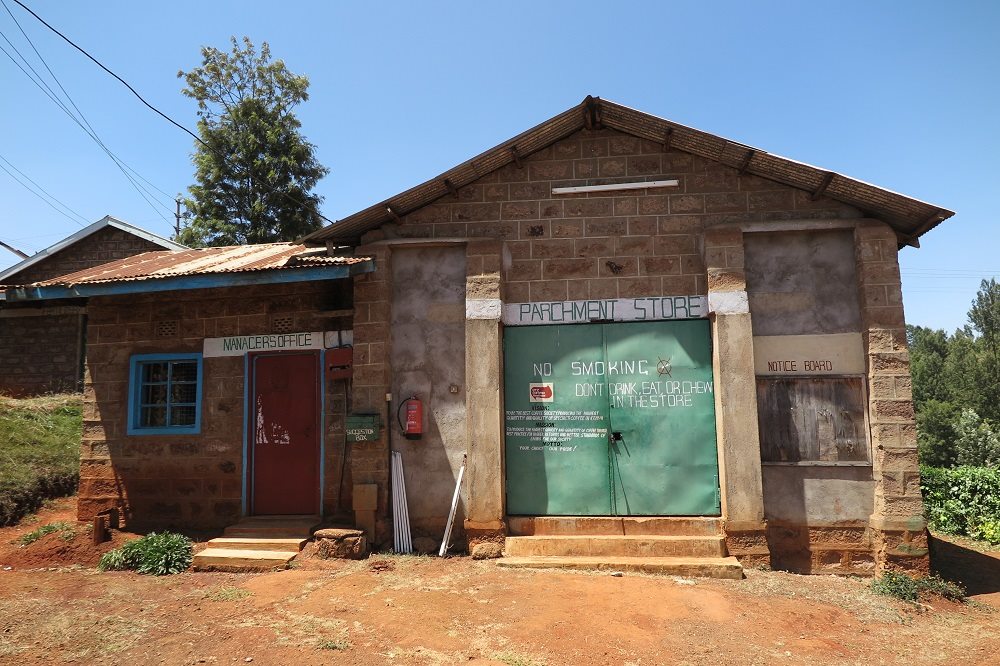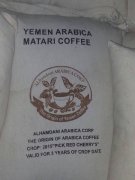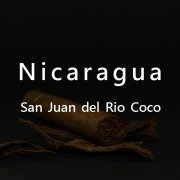Kanake Factory of Komothai FCS

For professional baristas, please follow the coffee workshop (Wechat official account cafe_style)
Kenya, located in East Africa, is one of the major coffee producing countries. More than 6 million people in the country are engaged in the coffee industry, mostly in the form of a combination of small farmers and cooperatives. Coffee trees in Kenya are mostly planted at 1400 m-2000 m above sea level, and the growth areas include Ruiri, Thika, Kirinyaga and Mt. Kenya West, Nyeri, Kiambu and Muranga. Mainly in the foothills of Mt.Kenya and Aberdare.
There are many producing areas in Kenya that strive to preserve the native forest ecosystem, protect the natural gene pool, support the reproduction of wild coffee varieties and breed a variety of coffee trees.
In 1930, the unique Kenyan varieties SL28 and SL34, which were cultivated and named by the "Scott Laboratories" laboratory, were born under such a good environment. According to botanists in SL laboratory, SL28 and SL34 are genetic variants. Among them, SL28 has a mixed pedigree of French missionaries, mocha and Yemeni Tibica.
The goal of cultivating SL28 was to mass produce coffee beans with high quality and resistance to diseases and insect pests. Although SL28 did not produce as much as expected, copper and broad bean-shaped beans have great sweetness, balance and complex flavor, as well as significant citrus and black plum characteristics.
SL34 is similar to SL28 in flavor, with a heavier, fuller and cleaner finish than SL28, except for the complex acidity and great sweetness of the finish. SL34 has French missionaries, bourbon, and more Tibica ancestry. Dou looks similar to SL28, but is more adaptable to sudden heavy rain. It is these two important varieties that lead us to the unique Kenyan style: strong acidity, rich taste and beautiful balance.

The Kanak treatment Plant (Kanake Factory), established in 1973, is located 45 kilometers northwest of the capital Nairobi, with a planting area of about 182ha, owned by 417 small farmers, with an average planting area of less than 0.5ha per farmer. It is a small treatment plant in the Kianbu producing area. Benefit from 1950 meters of high altitude, fertile volcanic laterite, coupled with excellent washing technology and full-sun drying, although the production scale is small, but the flavor is excellent, the natural price is also high!
▲ 'bright sweet and sour feeling! From Kenya super variety SL28/SL34' plum sweet and sour, with blackcurrant, Hawthorn flavor, fruit fudge flavor, smooth taste, sweet and bright.
▲ production Information
Country: Kenya / Kenya
Production area: Qianbu / Kiambu
Producers: Kanak processing plant / Kanake Factory, Comotai cooperative / Komothai FCS
Altitude: 1950 m
Variety: SL28 & SL34 treatment method:
Full washing / Full Washedl
Baking degree: shallow baking
▲ Kenya AA is packed in cartons of 30kg each. The harvest time of this batch is from October to December 2016.
▲ Kenya boutique coffee standard packaging mode, each case contains 2 aluminum foil vacuum bags, not only can block the sun, air and water, but also maintain the best freshness of raw beans, which is currently the highest grade of packaging in the boutique coffee industry!
▲ AA's beans are huge and delicious, with a touch of sugarcane aroma in the green fragrance, which is very charming!
▲ Kanak treatment Plant (Kanake Factory) was established in 1973, located 45 kilometers northwest of the capital Nairobi, with a planting area of about 182ha, owned by 417 small farmers, with an average planting area of less than 0.5ha per farmer. It is a small treatment plant in the Kianbu producing area.
▲ Comotai Cooperative (Komothai Farmers' Cooperative Society), which has 13 processing plants, including Kanak, is a well-managed cooperative, with five supervisors selected by small farmers to run it together.
▲ Kenya has two harvest seasons every year, which are April to June and October to December respectively. Whenever the harvest season comes, batches of dried beans with shells will fill the warehouse, waiting for the next NCE bidding.
The ▲ processing plant will send the shell beans to the bidding agent for shelling / selection and wait for the NCE bidding meeting (Nairobi Coffee Exchange holds a weekly bidding meeting in the capital).
▲ Crop Year 160.17, the harvest time is from October to December 2016. This batch is purchased by our raw bean trading partner Linking Coffee!
Important Notice :
前街咖啡 FrontStreet Coffee has moved to new addredd:
FrontStreet Coffee Address: 315,Donghua East Road,GuangZhou
Tel:020 38364473
- Prev

Yemen Mocha Mattari Information Coffee Growing Process Flavor Features Introduction
Professional barista exchanges, please pay attention to coffee workshop (Weixin Official Accounts cafe_style). As long as Yemeni coffee is mentioned, it is immediately reminiscent of thick and wild sun beans. Yemeni coffee has a long history. Arabica beans were introduced from the Hara region of Ethiopia in the 6th century. Since ancient times, Yemeni coffee farmers have been following the ancient methods handed down by their ancestors. Due to the terrain,
- Next

Nicaragua San Juan SanJuan Cocoa River del Rio Coco Cooperative Elephant Bean Maragogype
Professional barista exchanges please follow the coffee workshop (Wechat official account cafe_style) Nicaragua San Juan (San Juan) is located in the north near the city of Honduras, the introduction of San Juan Cocoa River (del Rio Coco) cooperative is the Organic Agriculture improvement Association (O.C.I.A) guidance on planting technology, funding for the construction of production infrastructure of mountain beans (S.H.G), and is connected
Related
- Detailed explanation of Jadeite planting Land in Panamanian Jadeite Manor introduction to the grading system of Jadeite competitive bidding, Red bid, Green bid and Rose Summer
- Story of Coffee planting in Brenka region of Costa Rica Stonehenge Manor anaerobic heavy honey treatment of flavor mouth
- What's on the barrel of Blue Mountain Coffee beans?
- Can American coffee also pull flowers? How to use hot American style to pull out a good-looking pattern?
- Can you make a cold extract with coffee beans? What is the right proportion for cold-extracted coffee formula?
- Indonesian PWN Gold Mandrine Coffee Origin Features Flavor How to Chong? Mandolin coffee is American.
- A brief introduction to the flavor characteristics of Brazilian yellow bourbon coffee beans
- What is the effect of different water quality on the flavor of cold-extracted coffee? What kind of water is best for brewing coffee?
- Why do you think of Rose Summer whenever you mention Panamanian coffee?
- Introduction to the characteristics of authentic blue mountain coffee bean producing areas? What is the CIB Coffee Authority in Jamaica?

